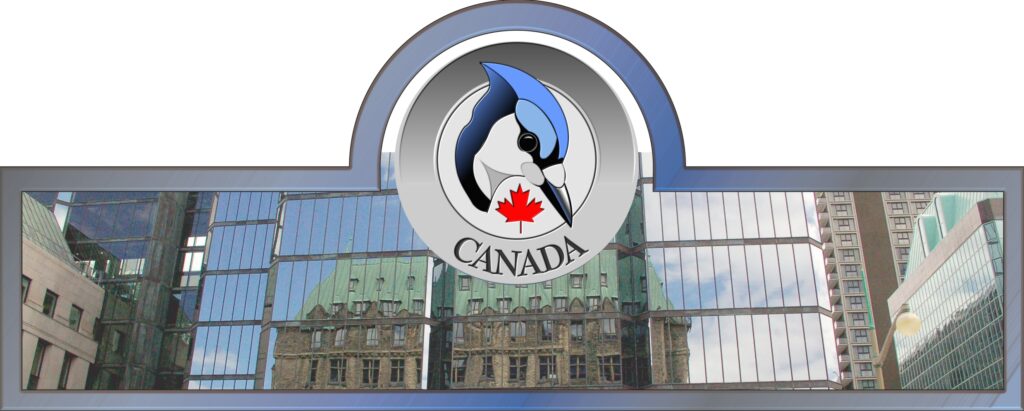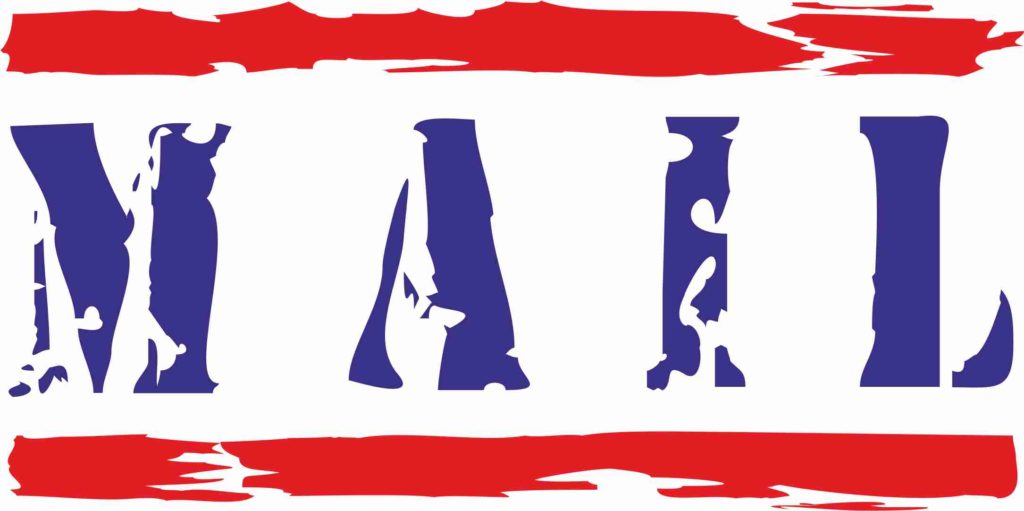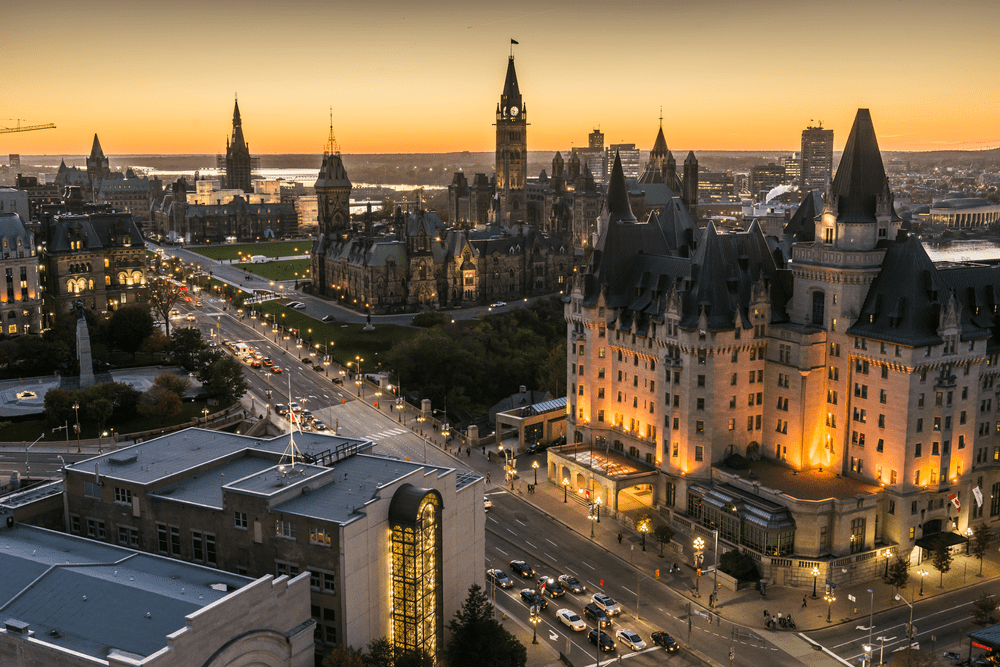
Tips and information on cities in Eastern Canada
If you are travelling in “Truly Canada”, you cannot ignore the (big) cities in Eastern Canada. It is a must to visit one or the other of the big cities in the eastern provinces. Even if you mostly appreciate nature. However, if you like city life and are interested in urban cultures, you are at the right place. The diversity of what is offered in these cities is not to be found everywhere in the world. A trip to the cities is attractive at any time of the year.
However, as it is often the situation, you have to concentrate on a few things and decide what seems important to you. Unless time and money are not a factor.
Check out this selection of links to the major cities in eastern Canada that are on your itinerary and choose your highlights.
Ottawa
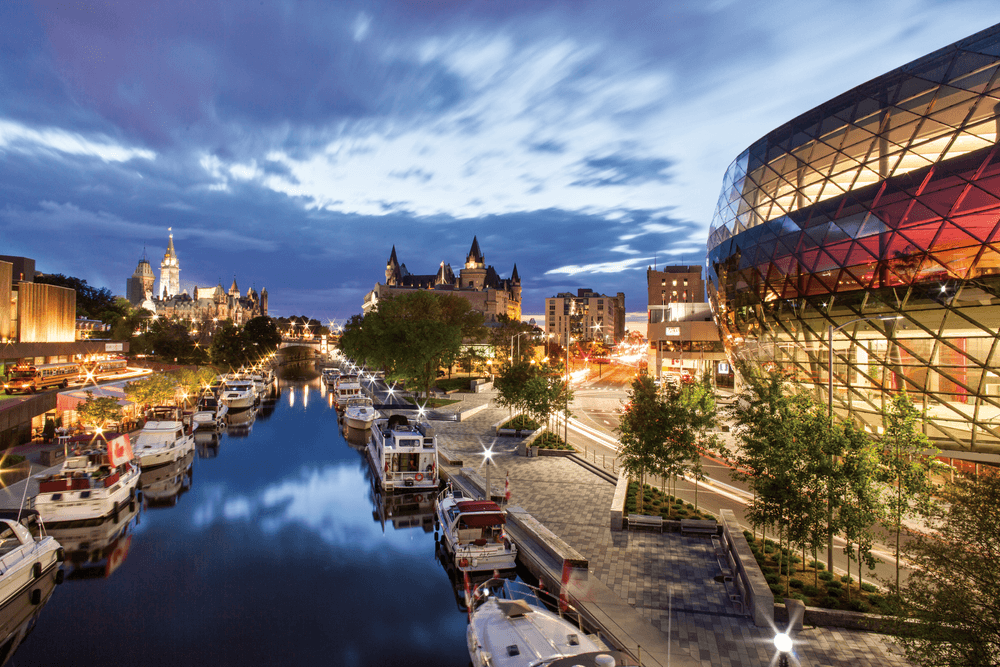
The capital of Canada, ostensibly declared by a fingertip on a map by Queen Victoria in 1857, has seen a steep rise since then. But to make this small village the capital of Canada, the Queen had carefully thought about it and resulted from solid political and security reasons.
Founded in 1827 by Colonel By as Bytown, a small logging town at the mouth of the Rideau River into the Ottawa River, it was renamed to Ottawa in 1855. In the meantime it has developed into a vibrant metropolis and is now the fourth largest city in Canada. Together with its twin town Hull at the Québec side of the Ottawa River, now merged with Gatineau, Ottawa is definitely worth a stay.
The government district with the “Parliament Hill” and a panoramic view over the Ottawa River and the bordering city of Hull, interesting architecture, numerous museums, countless restaurants and pubs, shopping malls and last but not least the ByWard market, offer a wide range of activities.
Interesting: History of Ottawa
Hull (Gatineau), Québec
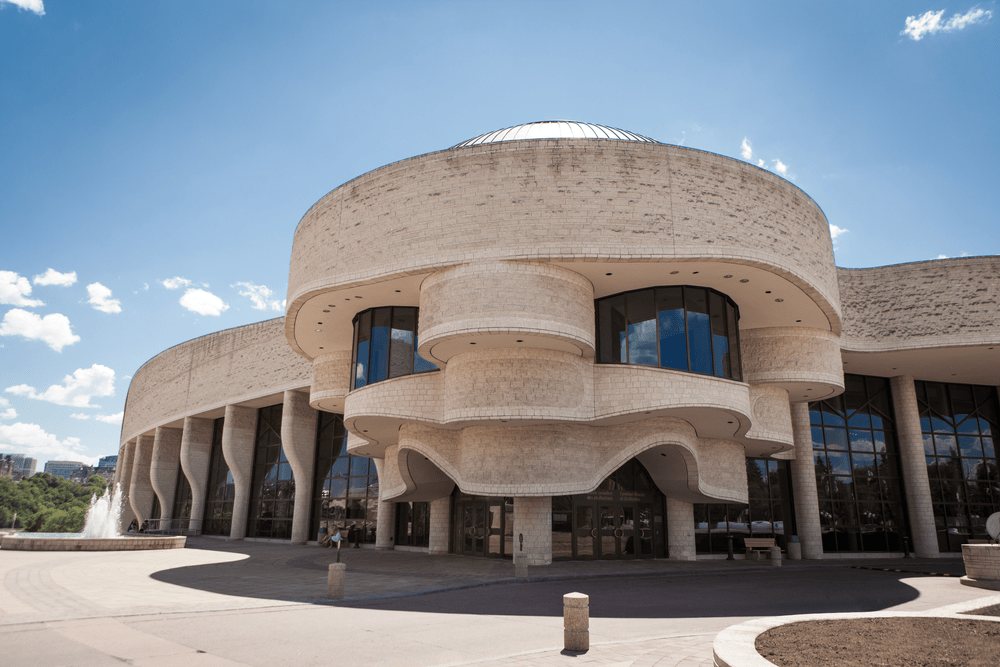
Hull, the twin town of Ottawa, was founded by Philemon Wright in Québec in 1800. The city of Hull became famous for its nightlife, starting with the Prohibition in Ontario in 1916 and in later years due to the less strict opening hours of the bars. Unfortunately this was also associated with a very high crime rate in the 1920s and 1930s. At times, Hull also got the name “le Petit Chicago”. Starting in the 1980s, many bars offered a shuttle service from Ontario to Quebec. While in Ottawa all the bars closed at 1:00 am, business in Hull continued to flourish until 3:00 am.
Today Hull (Gatineau) is the home of the Canadian Museum of History, whose visit is highly recommended.
Interesting: History of Hull
Toronto
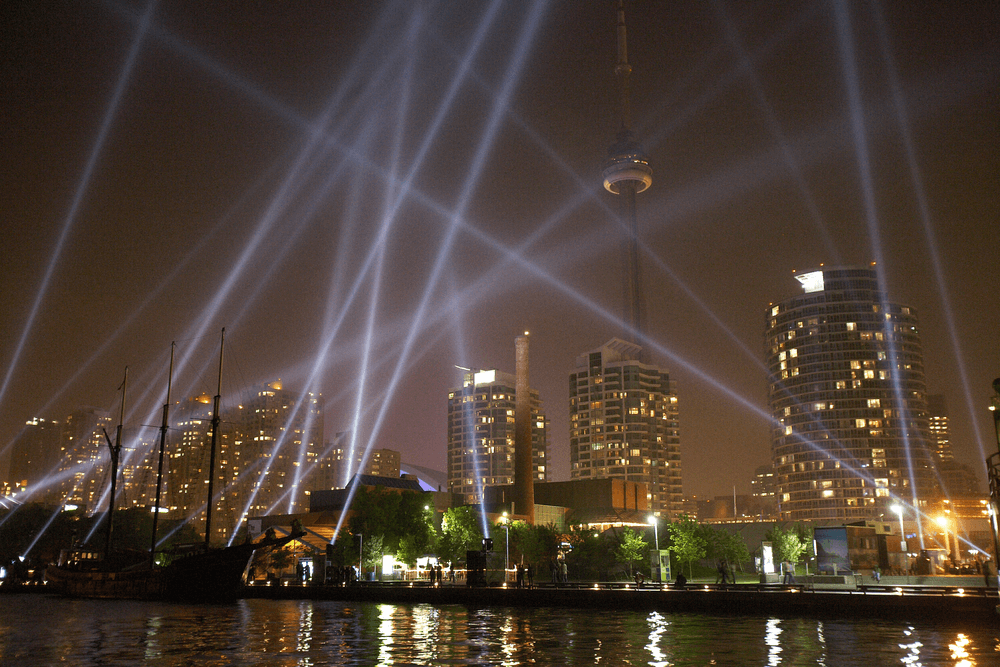
Shortly after the last Ice Age, the area of today’s Greater Toronto was settled and became the habitat of Iroquois, Seneca, Mississauga and Huron Indians. In the Huron language, Toronto means something like “meeting place”. Founded in 1793 by John Graves Simcoe as Fort York, it soon became the capital of “Upper Canada”. In 1834 Fort York changed into “Toronto” with 9.000 inhabitants.
Today, Toronto is the financial metropolis, the capital of Ontario and the largest city in Canada with 2.8 million inhabitants. The longest street in the world also starts here: Younge Street with 1,900 km.
Interesting: History of Toronto
Montreal
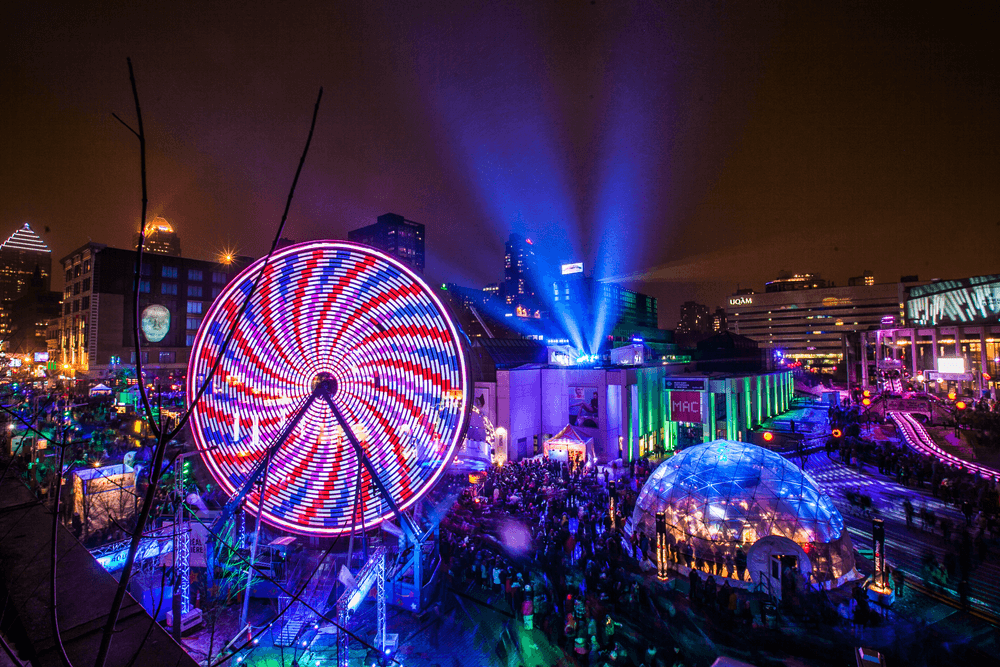
Long before the first European, the French explorer and navigator Jaques Cartier, visited the area in 1535, the St. Lawrence Iroquoians had settled there. Founded in 1642 as a mission (Ville Marie), Montreal received city rights in 1832. Through an turbulent history Montreal developed into the second largest city of Canada and was in between even the capital of ” The United Province of Canada “.
The pronounced separatist movements of Quebec in the 1960s and 1970s, among others, caused an economic decline in Montreal. Many large companies and banks preferred to move to Ontario and turn their backs to Montreal.
Today, however, Montreal presents itself as a vibrant, modern francophone metropolis that has even made itself (partially) independent of the harsh winter climate. In the “Ville Souterrain” you can get around extremely comfortably even in the harshest climatic conditions. The tunnel system measures 32 kilometres and is considered the largest underground city in the world. Covering twelve square kilometres in the Ville-Marie district, it connects underground stations, bus stations, main stations, hundreds of shops, restaurants, cinemas and hotels, event halls, an ice hockey stadium, office and residential buildings and two universities. 80 % of all offices and 35 % of all shops in the downtown area are linked by the tunnel system. Have a good time…
Interesting: History of Montreal
Québec City
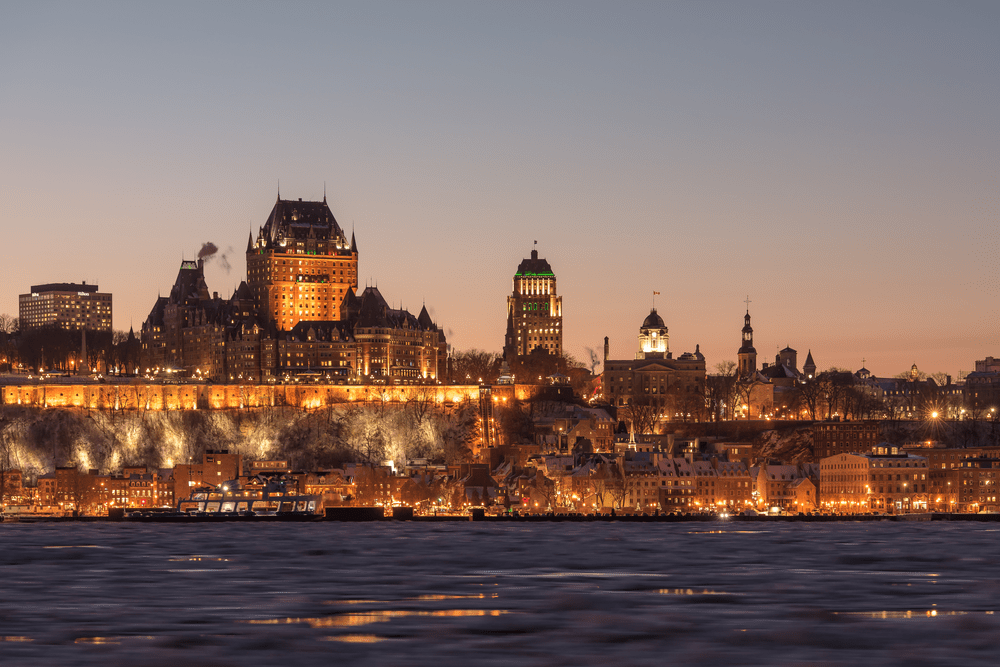
Founded in 1606 by Samuel de Champlain, Québec City is the oldest town of the province Québec. Trappers, explorers and missionaries were the first colonists in the 17th century.
Trading conflicts, the English-French competition or the Iroquois wars repeatedly made the city and its surroundings the scene of armed conflicts. In 1867 it became the provincial capital of Québec.
Québec is known as the most European city in North America, due to its well-preserved old town. Buildings with a predominantly French character have their origin partly in the 17th century. The upper city is surrounded by city walls and is therefore the only fortified city in America north of Mexico. With approximately 550,000 inhabitants, Québec is the eleventh largest city in Canada.
Interesting: History of Québec City
Fredericton
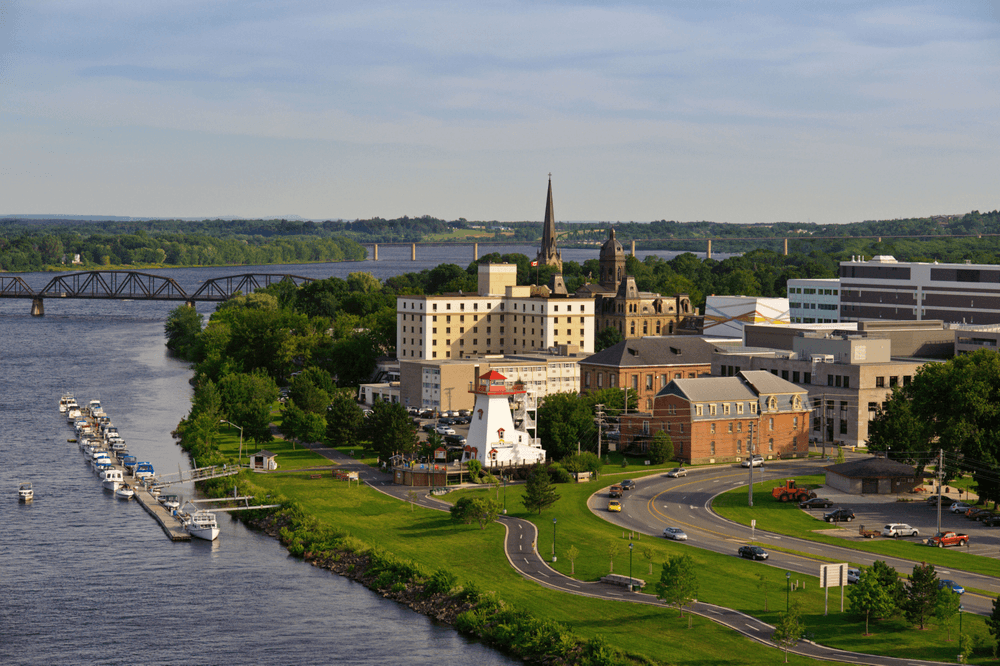
The first European settlement began with the construction of Fort Nashwaak by the French in 1692. The region was originally settled by the Mi’kmaq and Maliseet. In 1783 the British “United Empire Loyalists” built the settlement of Ste. Anne’s Point, which was renamed Frederick’s Town after just one year. Later the name was shortened to Fredericton. It was not until 1973 that the town received its town charter.
With 58,000 inhabitants, Fredericton is not a megacity but at least the capital of New Brunswick. It is a hotspot for jazz, blues and rock and has the highest density of craft breweries in Atlantic Canada. The high school, founded in 1785, is the oldest English high school in Canada.
Interesting: History of Fredericton
HRM (Halifax)
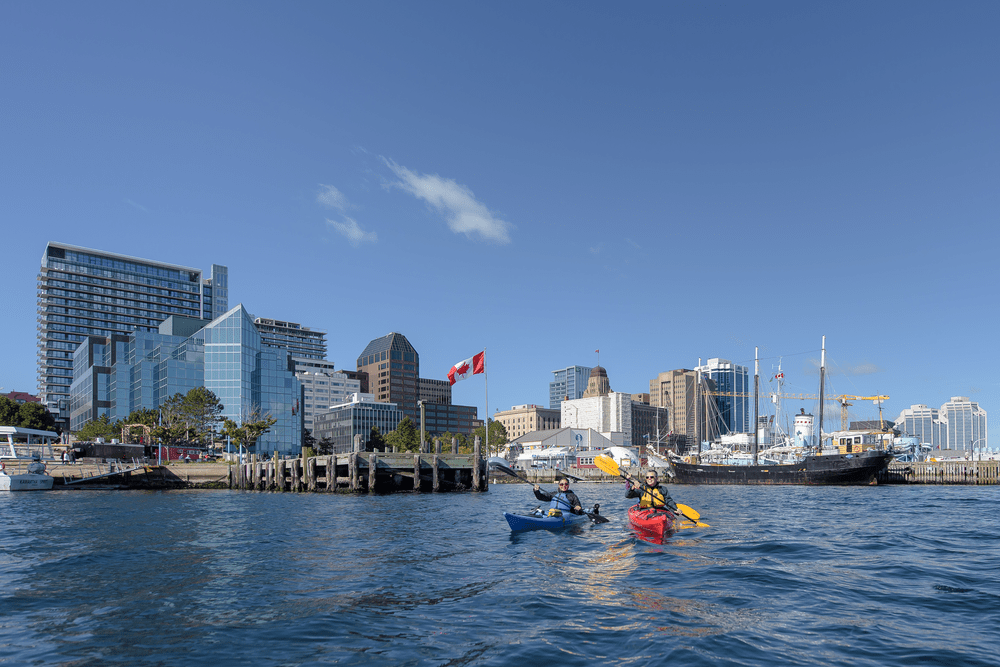
“Halifax Regional Municipality” is the largest population hub east of Québec and north of Boston with approximately 403,000 inhabitants. In addition to Bedford, it includes Dartmouth, Sackville, Cole Harbour, Eastern Shore and other regions.
The city itself was founded in 1749 by Captain General Edward Cornwallis with about 2,500 settlers and was named after Lord Halifax, the president of the British Chamber of Commerce.
The harbour town became sadly famous during the First World War when the French ship Mont Blanc exploded, destroying large parts of the peninsula. At least 1,635 people were killed and more than 2,000 remained missing.
Today, the town with its countless culinary, historical, cultural and sporting offers is a popular visitor attraction with maritime flair.
Interesting: History of Halifax

St. John’s
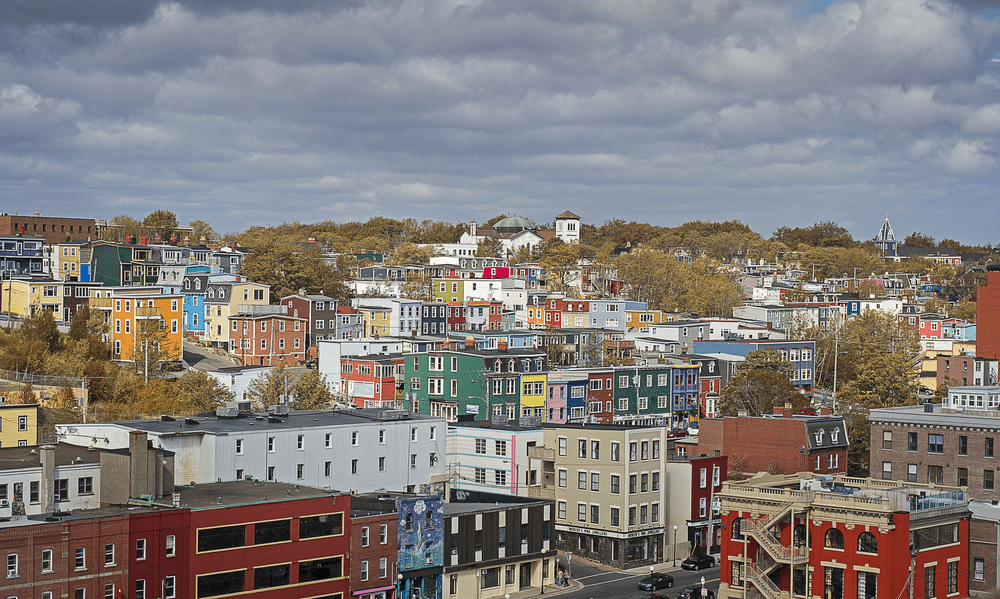
St. John’s is one of the oldest European settlements in North America on the Avalon Peninsula. It became the oldest British colony when Sir Humphrey Gilbert took over the region for the English Crown on August 5, 1583. With 110,000 inhabitants it is the capital of Newfoundland and Labrador.
The Trans Canada Highway begins respectively ends here. A well-protected natural harbour allows numerous cruise ships to dock here in summer. Originally characterized by fishing, today the oil and gas industry dominates.
With numerous events and festivals throughout the year, unique attractions and sights, breathtaking scenery and lobster fed, there is always something to discover for everyone.
Interesting: History of St. John’s
Charlottetown (PEI)
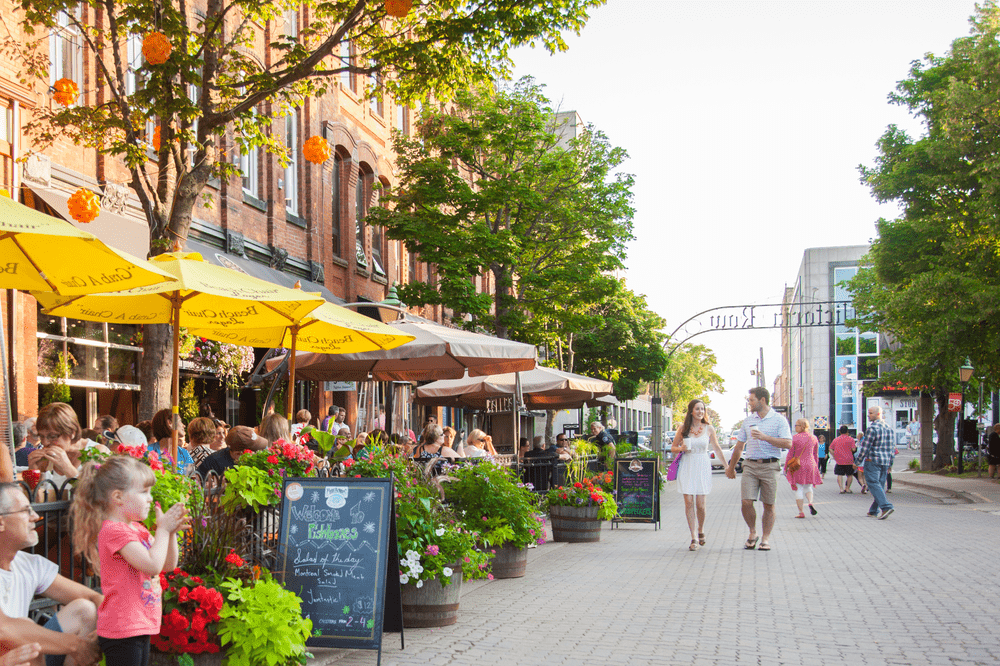
The capital of Canada’s smallest province is Charlottetown. It was rebuilt by Charles Morris in 1768 and named after Charlotte, the wife of King George III.
The first of a number of conferences, which led to the birth of Canada in 1867, was held here in 1864. As a result, it bears the designation “Birthplace of Confederation”.
While shipbuilding used to dominate in the past, it is now the food industry (fish, seafood, dairy products and meat). Bio- and IT technology also represent one of the fast growing sectors of the economy. With its approximately 36,000 inhabitants, Charlottetown offers a lively cultural and touristic scene.
Interesting: History of Charlottetown

City of Niagara Falls, Ontario
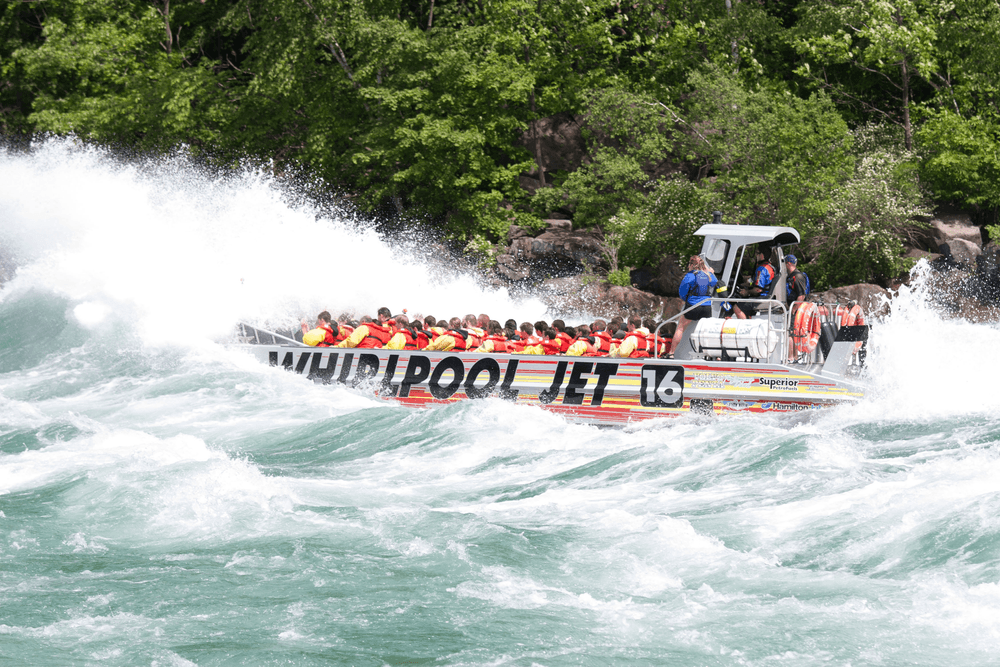
It was a Belgian missionary (Louis Hennepin) who first saw the natural wonder “Niagara Falls” in 1678, during an expedition. Information about the geology and history of the falls can be found here.
The first settlers, after the Iroquois, were “United Empire Loyalists”, who established a new existence here after the American Revolution. Numerous small towns were created, including Clifton and Drummondville, which merged to form the “City of Niagara Falls” in 1904.
Tourism is the main economic sector today. Besides the main attraction you will find countless touristical offers. The city centre (Clifton Hill) resembles like a big fairground, at the falls you can book boat tours or a speedboat ride over the wild Niagara River. You can visit the falls through a tunnel from behind or visit numerous museums and exhibitions.
Interesting: History of “City of Niagara Falls”
